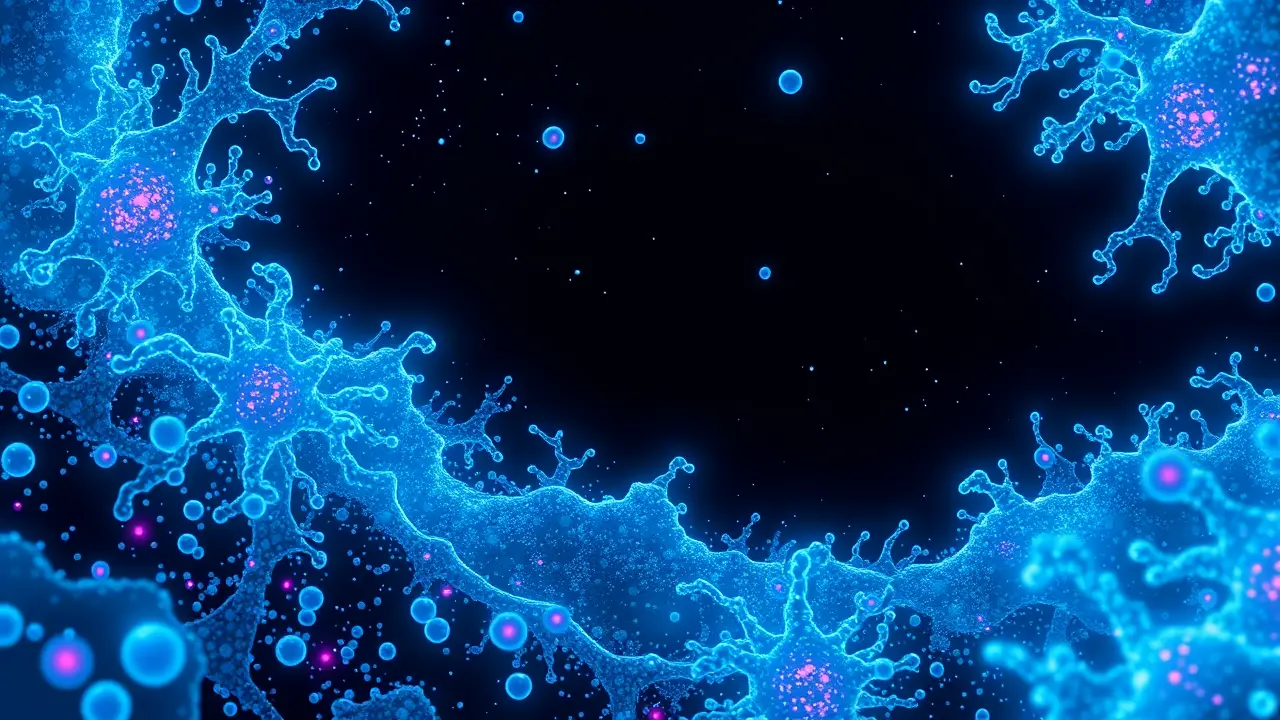Glowing sugars show how microbes eat the ocean's carbon
In a discovery that feels ripped from the pages of a sci-fi novel, scientists have deployed a brilliant new tool—a light-emitting sugar probe—to finally illuminate the secret dining habits of the ocean's tiniest inhabitants, a breakthrough that fundamentally changes our understanding of the global carbon cycle. Picture the vast, dark ocean not as a silent abyss, but as a bustling microbial metropolis, where trillions of single-celled organisms are constantly feasting on a complex soup of carbohydrates released by decaying plankton and other organic matter.Until now, observing this microscopic banquet in real-time was nearly impossible; we knew it was happening, but the 'when' and 'where' remained shrouded in mystery, much like trying to map a city by only seeing the garbage it produces the next morning. This new fluorescent probe acts as a cosmic tracer, a glowing bait that microbes willingly consume, causing them to light up like constellations under a microscope the moment they begin breaking down these specific sugars.It’s the ecological equivalent of turning on the lights in a previously pitch-black kitchen to see who’s eating what, and when. This isn't just an academic curiosity; it's a critical key to one of Earth's grandest systems.The ocean is the planet's largest active carbon sink, a colossal biological pump that draws down atmospheric CO2 and, through the life and death of marine organisms, sequesters it in the deep for centuries. The efficiency of this pump hinges entirely on the activities of these microbes.If they rapidly consume and respire the carbon from sugars, it returns to the atmosphere as CO2, but if the process is slower or the carbon is incorporated into their biomass and sinks, it's locked away. By mapping this fluorescent activity, researchers can now create dynamic, high-resolution charts of microbial metabolism across different ocean layers, from the sun-drenched surface to the crushing pressures of the twilight zone.This data reveals the 'hotspots' and 'dead zones' of carbon processing, providing unprecedented clarity on how the ocean's biological carbon pump responds to variables like rising temperatures, acidification, and shifting currents. The implications are staggering, offering a more precise way to model future climate scenarios and potentially even informing future geoengineering strategies aimed at enhancing oceanic carbon sequestration. We are, for the first time, watching the fundamental mechanics of planetary regulation at the most granular level, a testament to human ingenuity that brings the hidden, microscopic engines of our world into the light.
It’s quiet here...Start the conversation by leaving the first comment.
© 2025 Outpoll Service LTD. All rights reserved.
